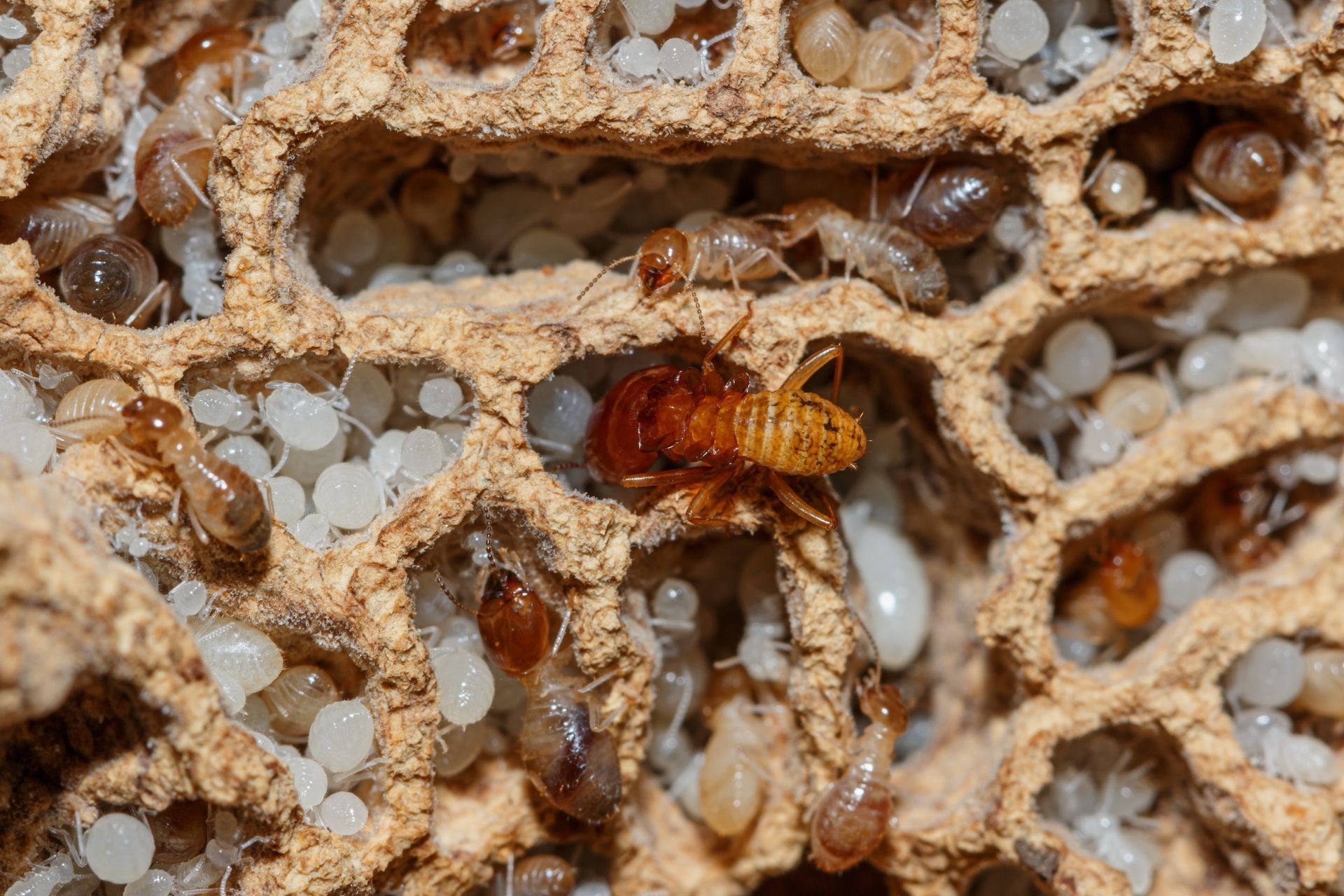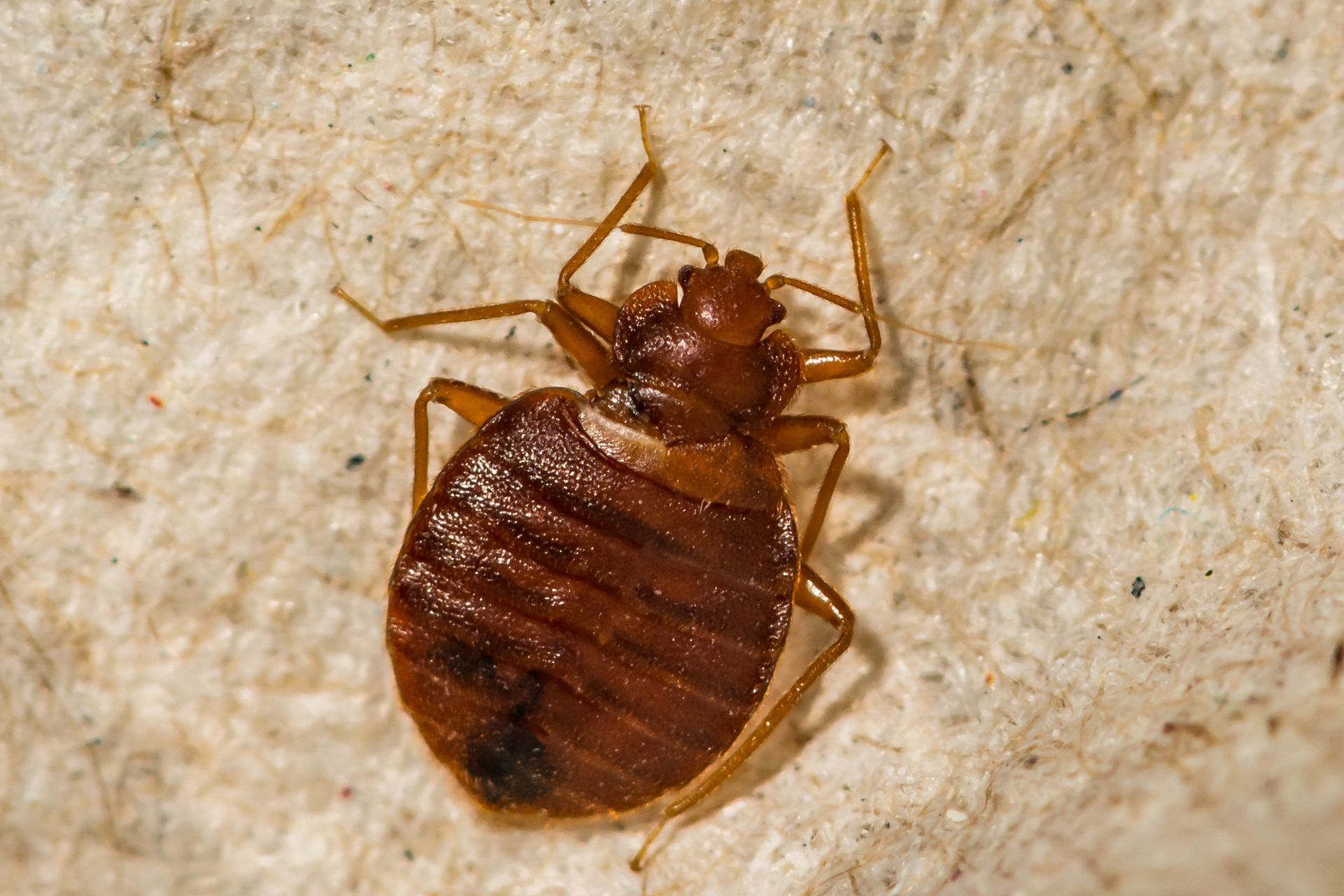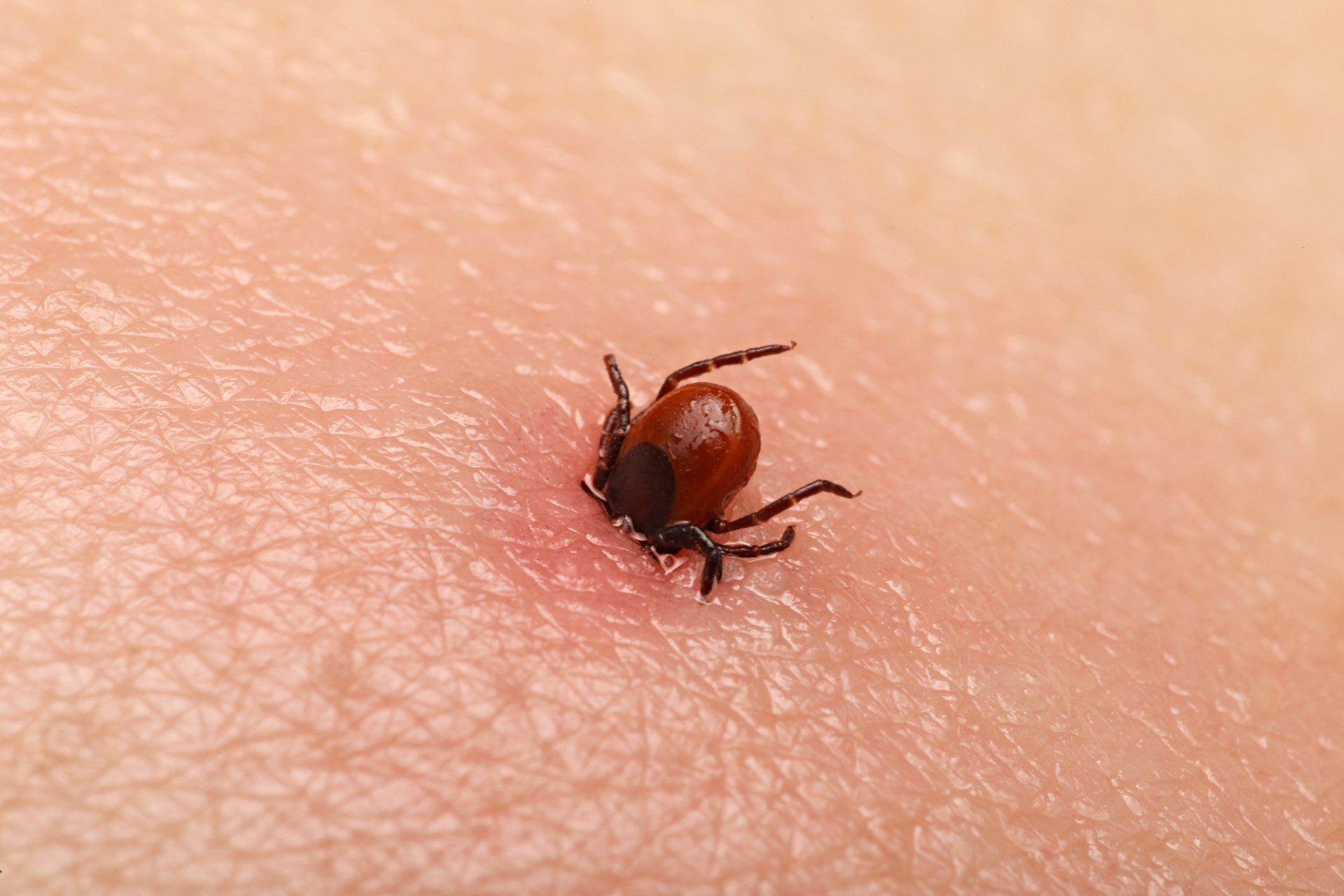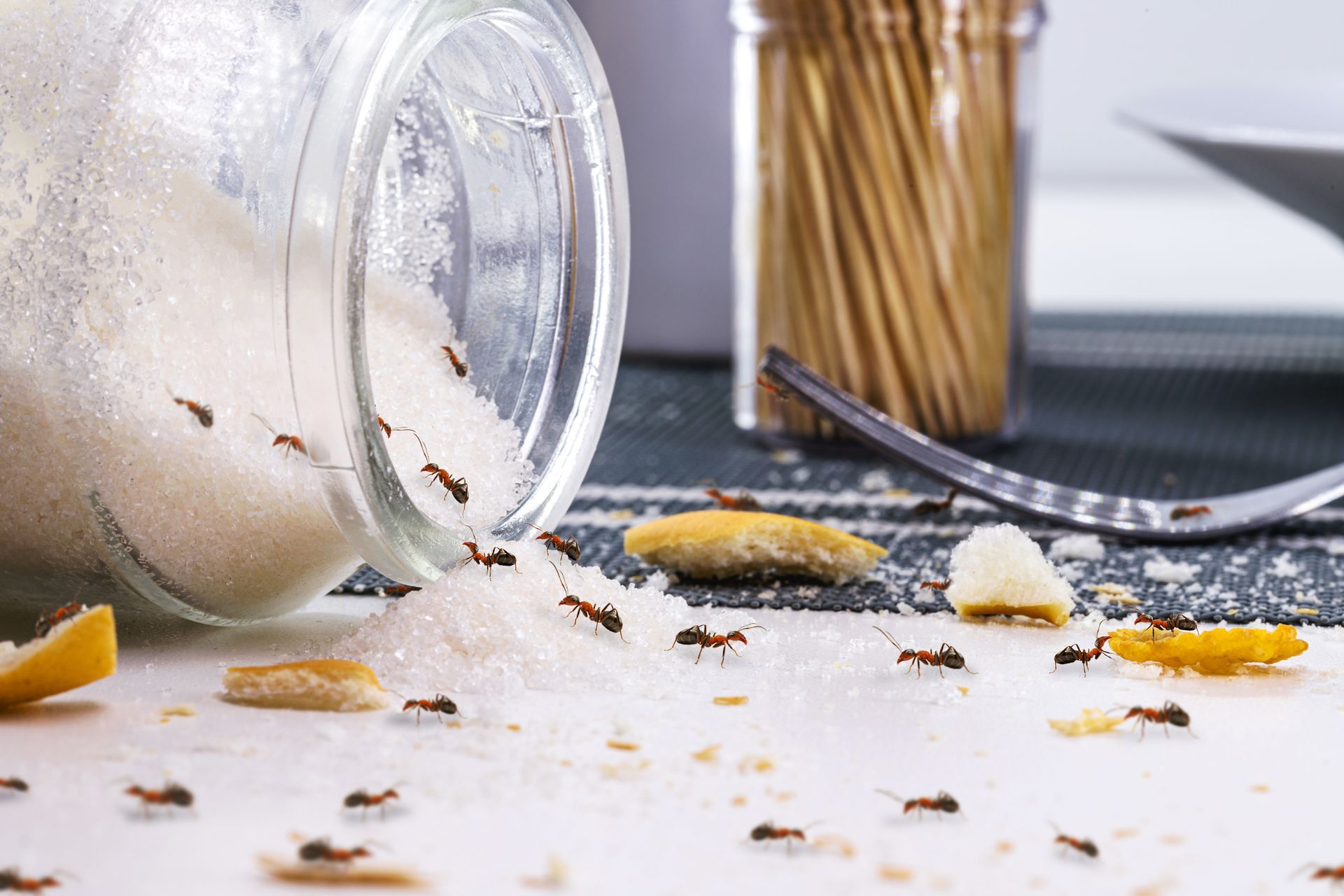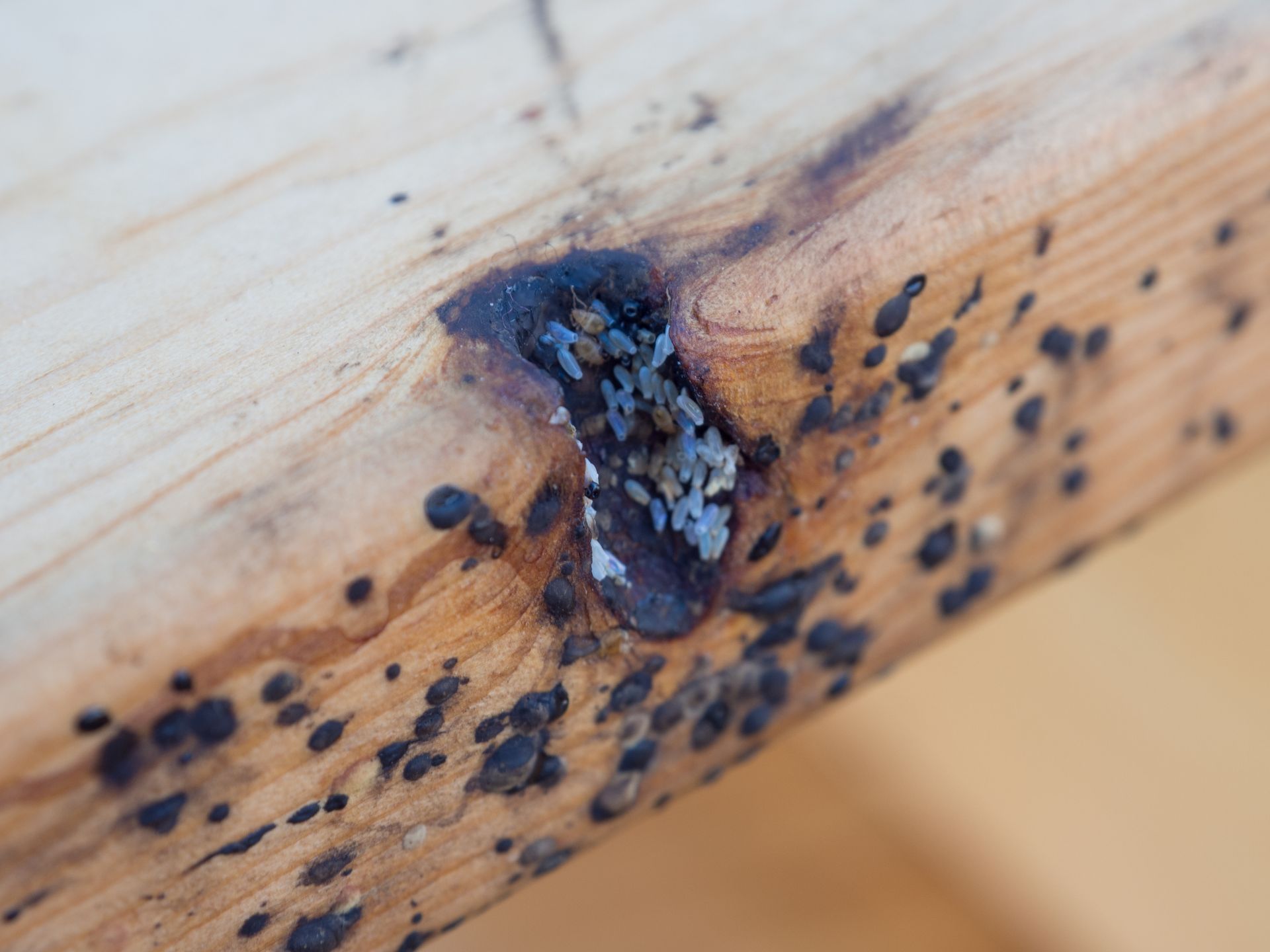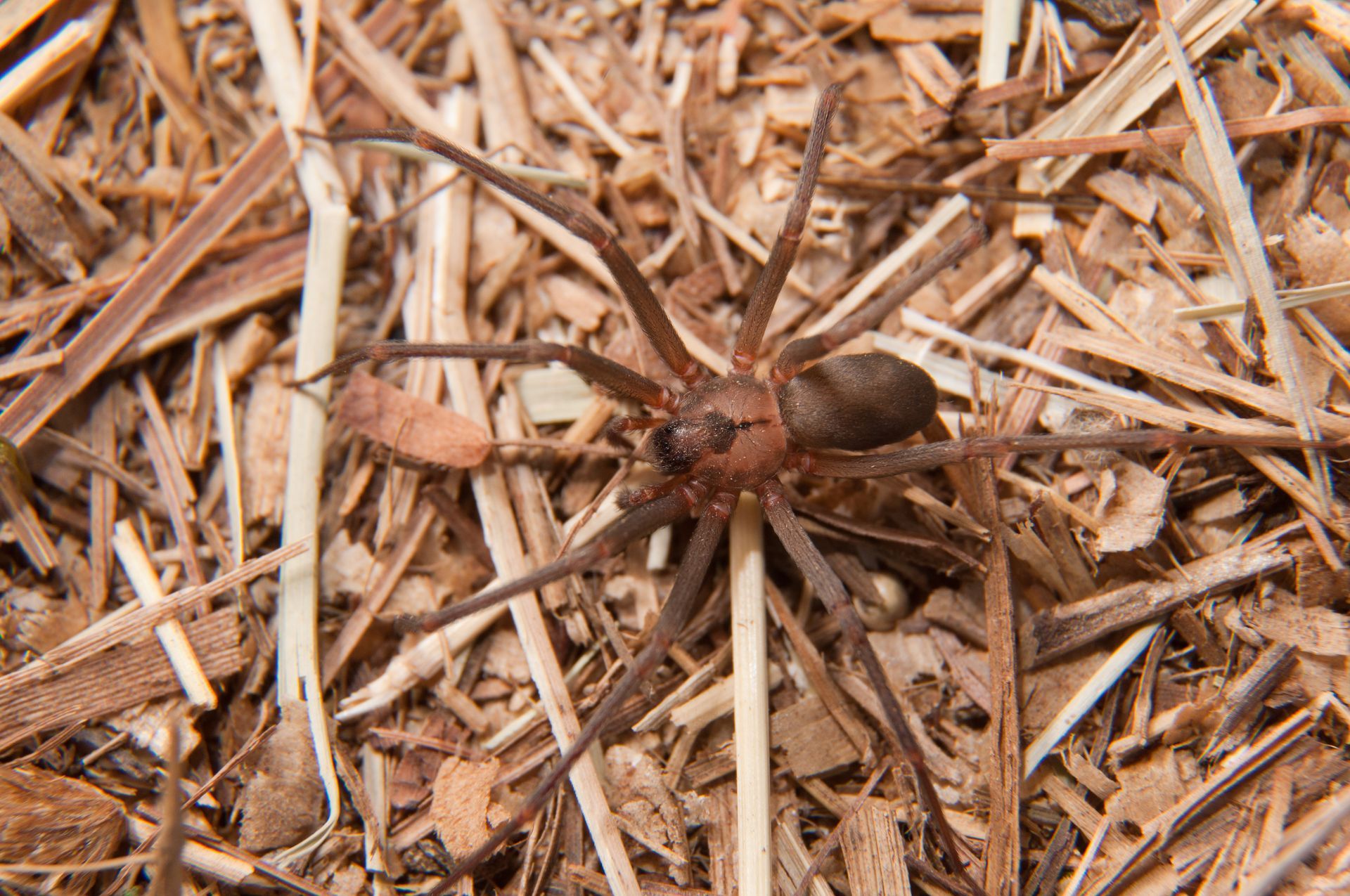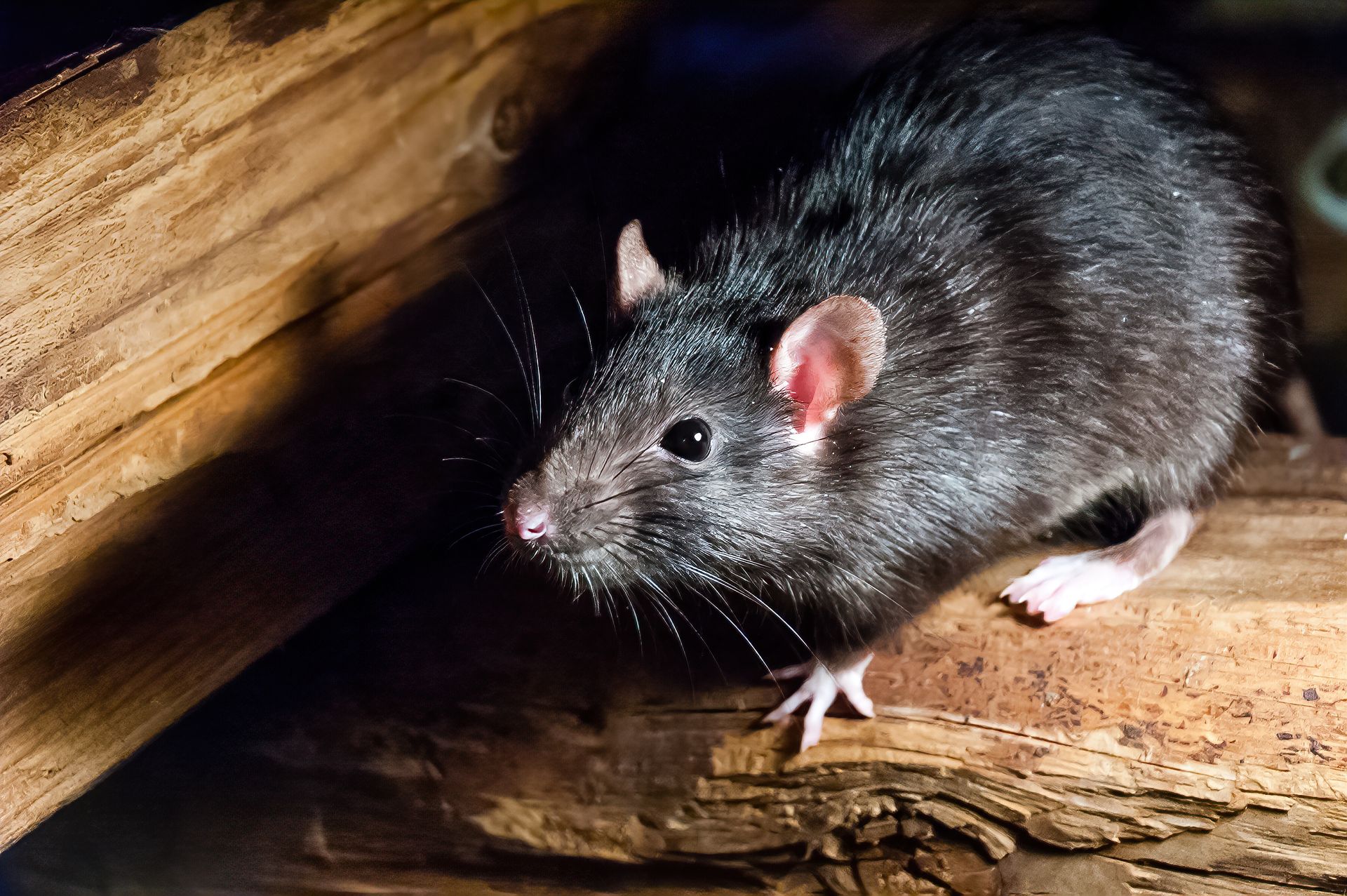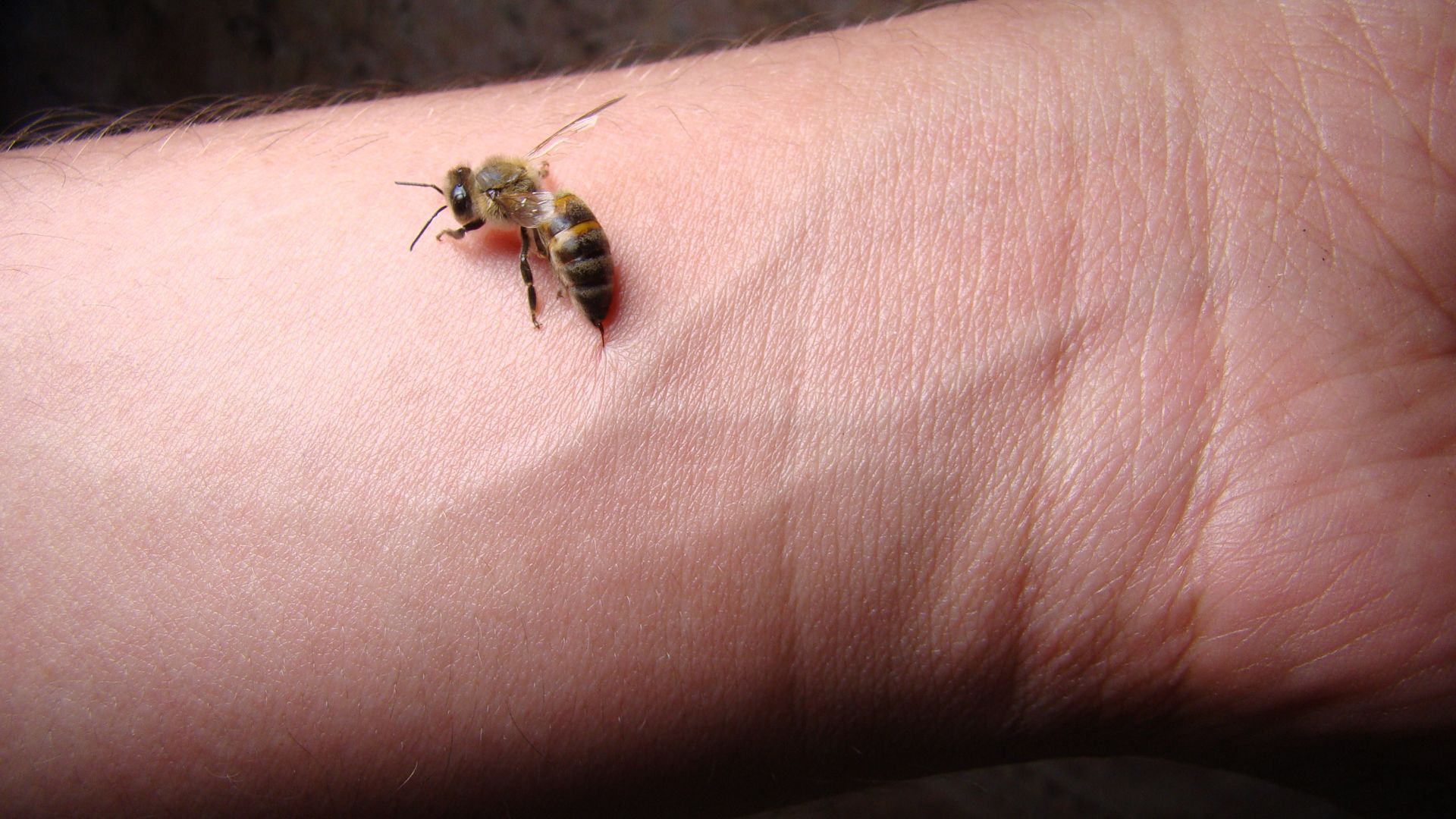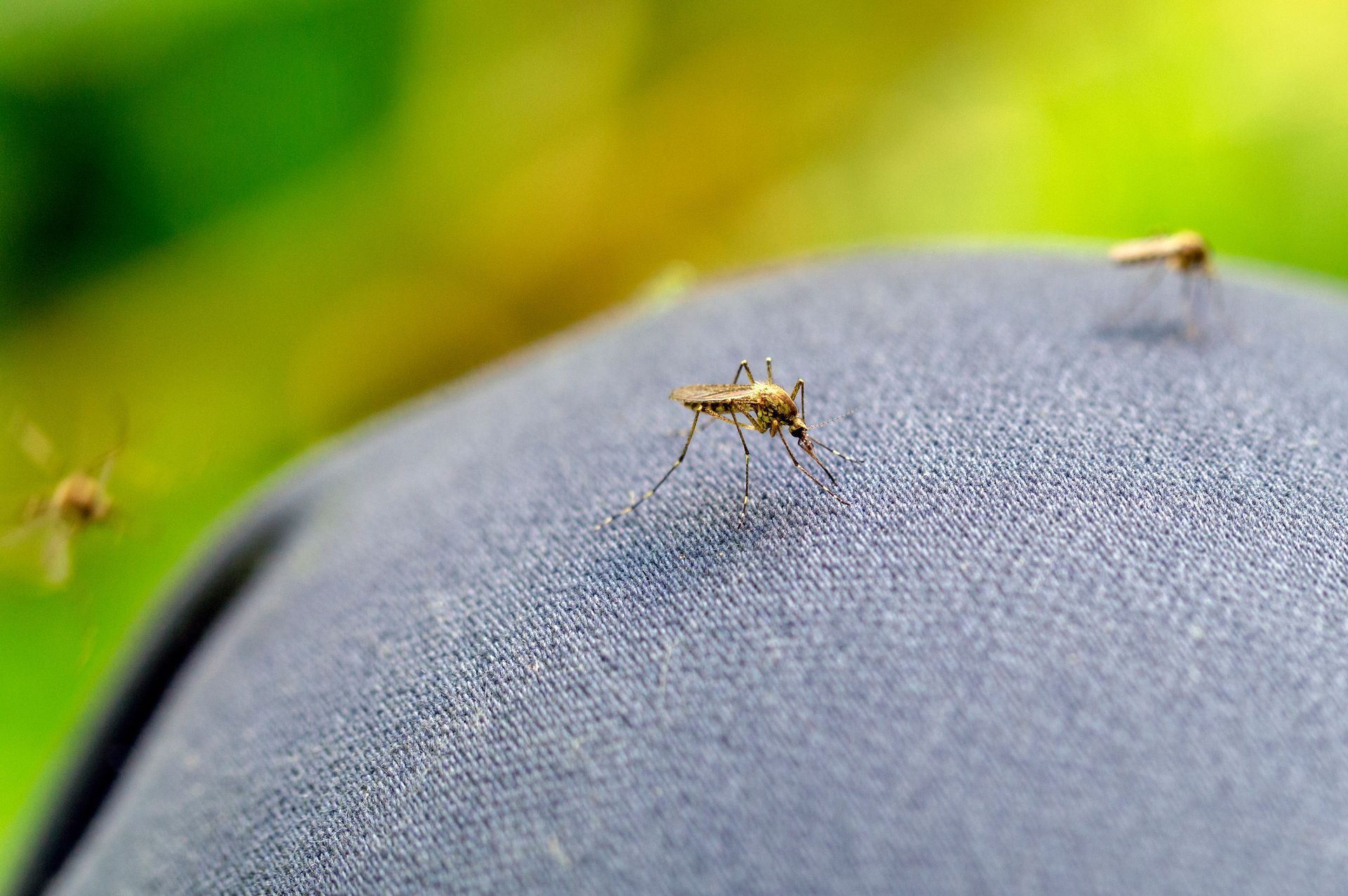Common Insects That Eat Wood
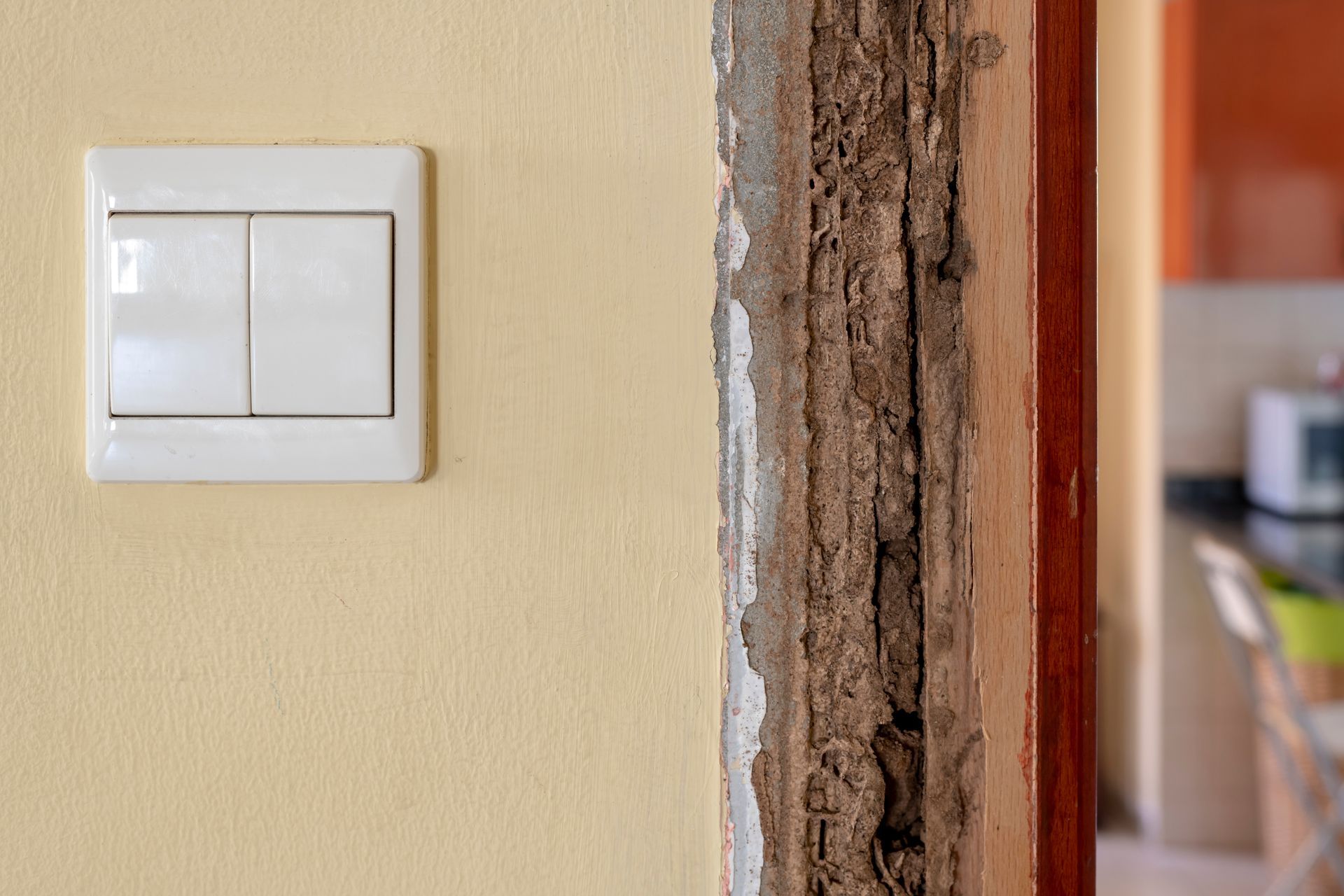
Wood destroying insects are estimated to cause over $30 billion dollars in property damages in the US every year. The United States Environmental Protection Agency also estimates that over $2 billion dollars are spent annually on preventing and treating common wood destroying insects like termites, carpenter ants, and carpenter bees. Understanding which pests pose a threat to the structural integrity of your home is critical when identifying signs of and trying to treat wood destroying insects.
The Most Common Wood Destroying Insects
Wood destroying insects are relatively common household insects that range across several different species. Each of the following species uses wooden structures as a place to create a nest to house their young and their queen.
Termites
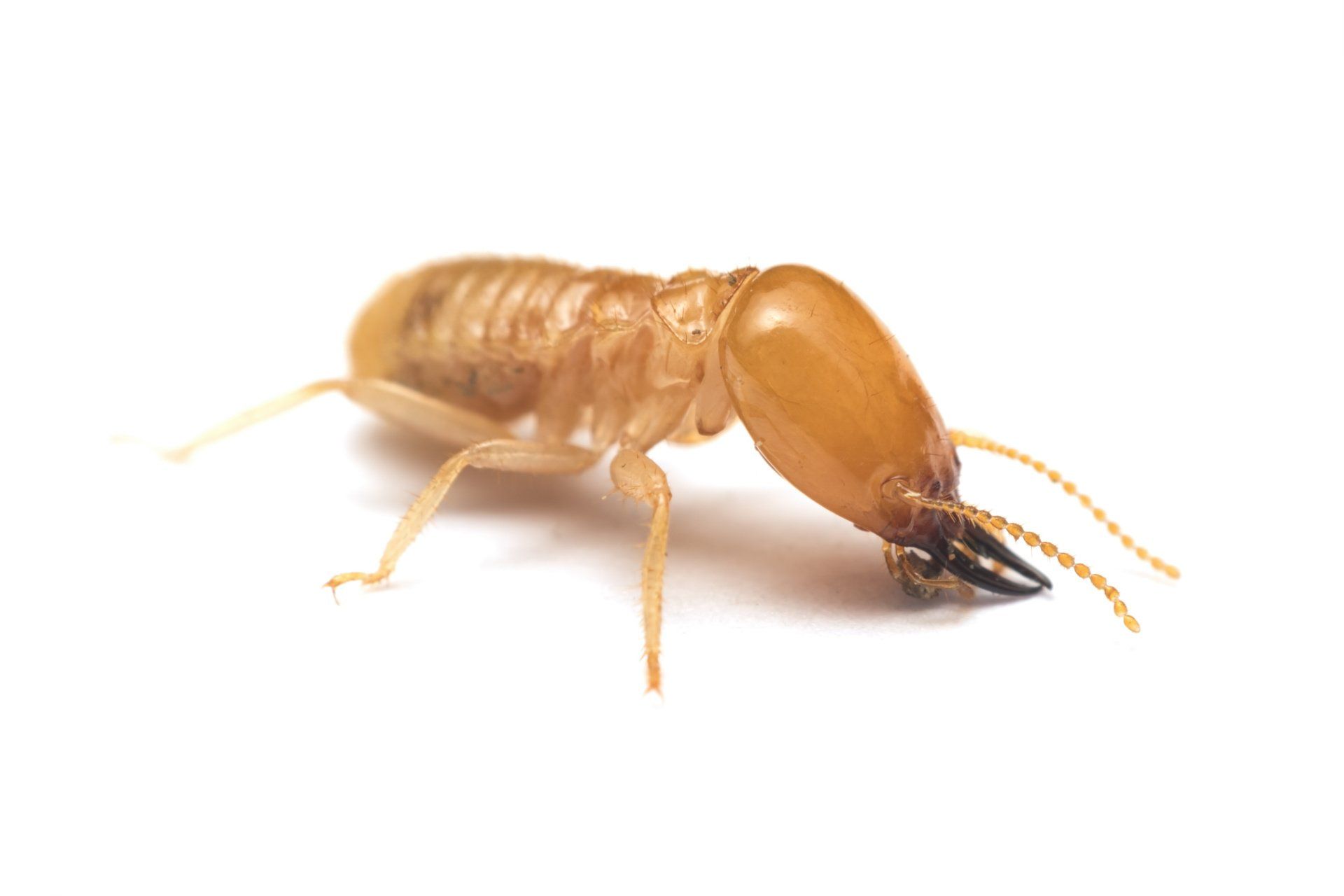
Termites are small white wood eating insects that share a resemblance to ants but are actually much closer to cockroaches. These insects are the most pervasive wood destroying insect found in North America. They cause more structural damage than all of the other species of wood destroying insects due to the size of their colonies and the rate at which they produce. They are social insects that are found all over the US but are most common in southern states where temperatures are warmer all year round. Termites may be the true xylophage in this class of insect because they actually eat and digest the wood as their primary source of nutrition.
Formosan Subterranean Termites
The most damaging species of termites has to be the Formosan subterranean termite. Their colonies exist underground and can grow to contain millions of termites. These termites sustain their colonies by moving upwards towards wooden structures that are connected to the soil they inhabit. If a Formosan termite colony exists under your home, it is a matter of time before they infiltrate every support beam and cause extensive wood damage to your home. Because the colonies exists before they inhabit the wood, their populations can already be in the millions by the time an infestation reaches a building. This means that by the time, a colony starts to feed on a structure, they already have the numbers to cause a massive amount of damage in a very short period of time. This is different than other termite species that will seek out fresh wood to start a colony. These termites take far longer to infest a structure and cause significant damage.
Asian Subterranean Termites
Similar to Formosan termites, Asian subterranean termites are another termite species that develops their colonies underground. This species is an invasive species from east Asia that was discovered for the first time in America back in the late 1990’s in Florida. These termites have spread from Asia aboard ships that carried wooden products and made it as far as the Caribbean before being brought to Florida. Unlike some termite species that prefer dead wood, Asian subterranean termites also feed on live healthy trees by eating the outer layer of the tree that supports tree growth. This effectively girdles the tree causing the tree to die off shortly after the exterior tree layer is damaged.
West Indian Drywood Termites
These termites are commonly referred to as drywood termites because unlike other termite species that prefer damp / damaged / decaying wood, they prefer to feed on drywood. They are larger than subterranean termites and only inhabit the wooden structures they feed on rather than live underground. Drywood termites takes a lot longer to cause significant damage because these termites won’t have a full-blown colony ready to attack a wooden structure like subterranean termites will. When a drywood termite infestation starts, it begins with a flying termite swarm locating a suitable wooden structure to build their colony. This results in one female becoming a new queen who starts to lay eggs. The time it takes for that colony to reach the size necessary to cause significant damage can take years.
Carpenter Ants
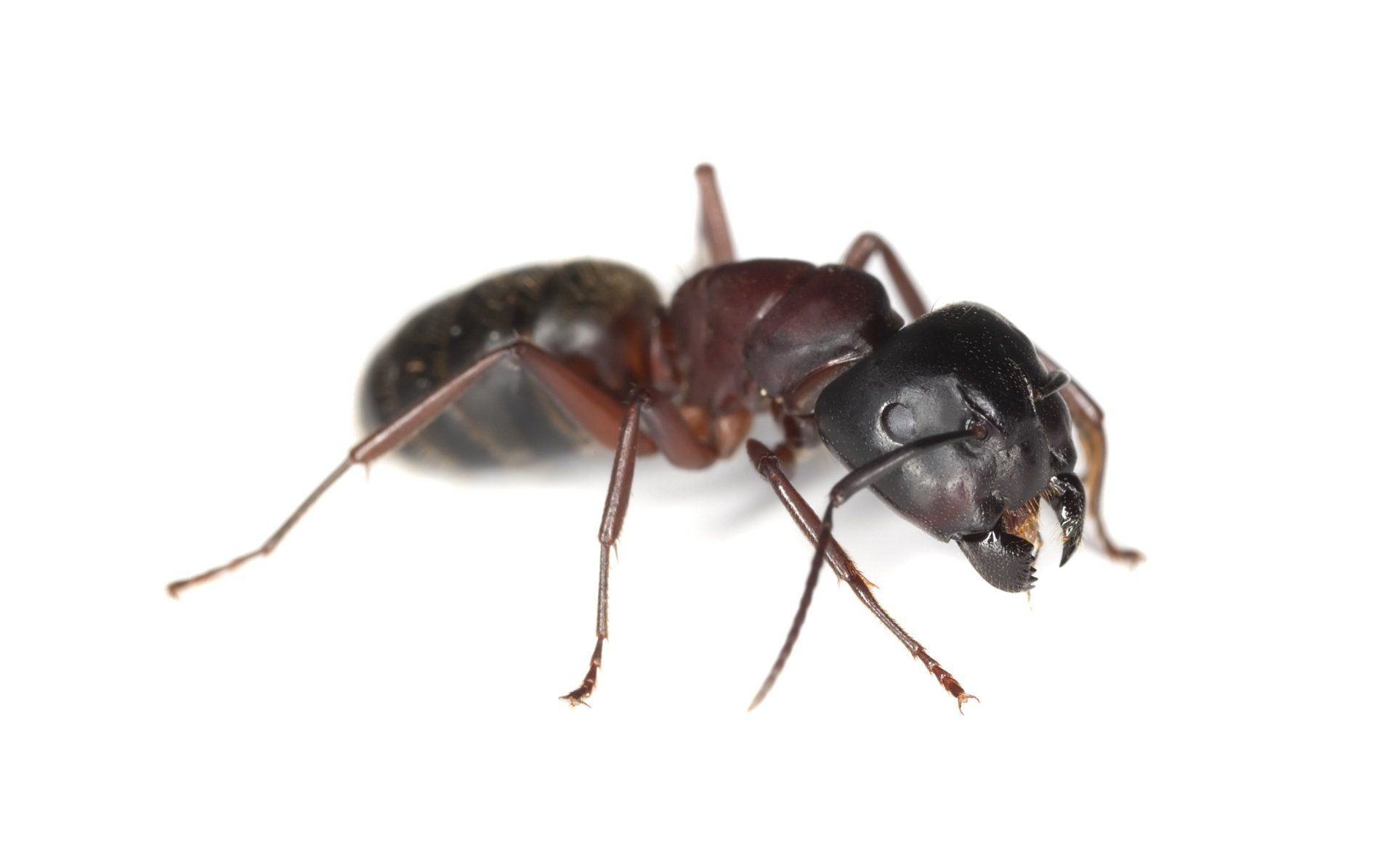
Carpenter ants are the other social wood destroying insect. They are common all over North America but are particularly active in the East and Northeast where humidity levels are high. Carpenter ants don’t actually eat the wood like termites do, they only break the wood down and remove it to make space for their colony. They do this by tearing small pieces of wood away from the structure to create cavities inside the wooden structure. For this reason, carpenter ants prefer moist or damp wood that is softer than drywood. They will also seek out damaged or decaying wood because it is easier for carpenter ants to hollow out.
Carpenter Bees
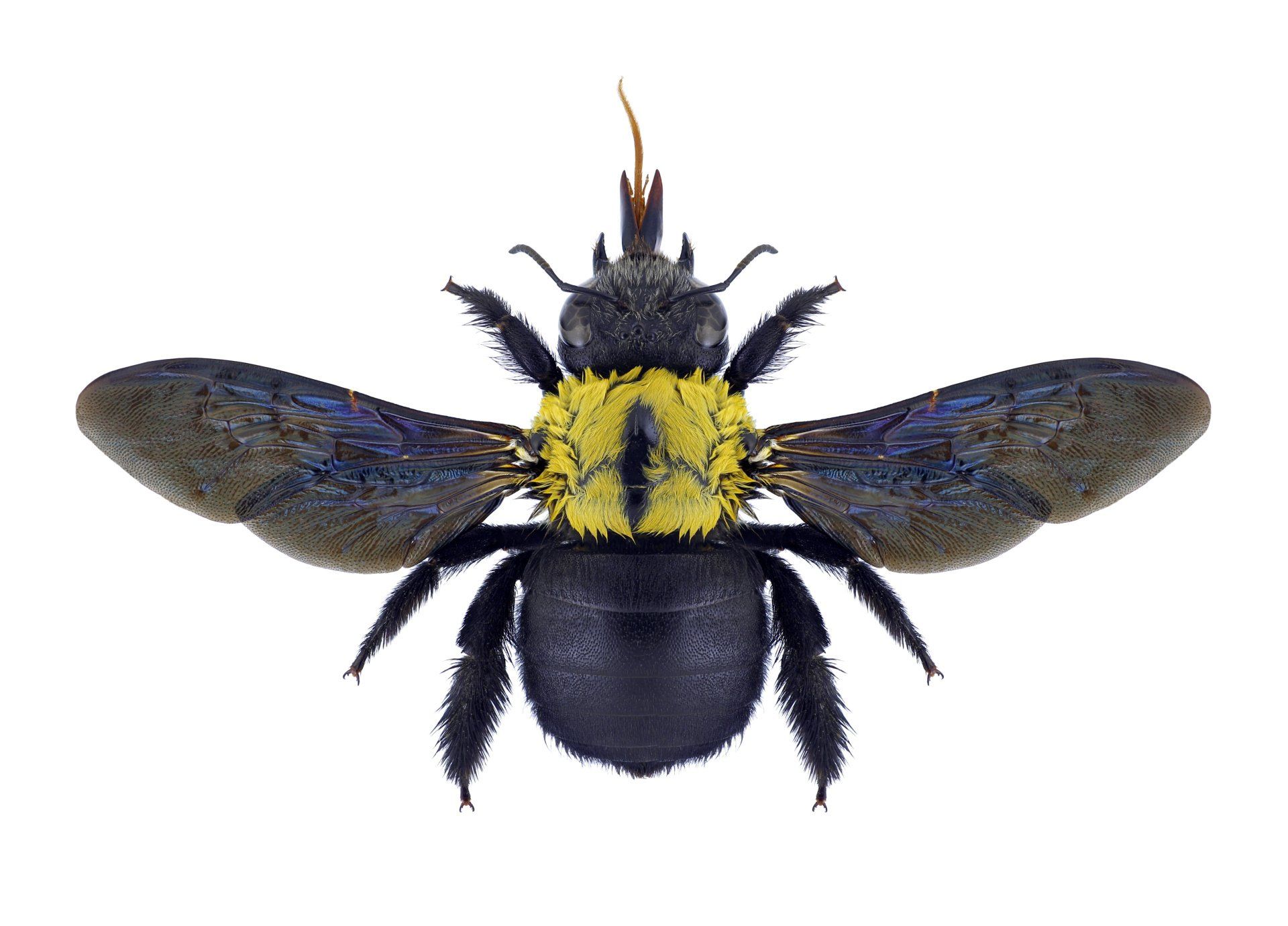
Unlike termites or carpenter ants, carpenter bees are not a social insect in the sense that they have a queen with a colony hierarchy. That being said, even though carpenter bees are categorized as a solitary insect their populations can still grow into large numbers if given enough time. This is because carpenter bees that develop will create additional nesting chambers inside the wooden structures they are hatched inside. This makes carpenter bees more like a multigenerational family rather than a monarchy with a queen. Once several generations of carpenter bees are hatched, their populations can cause extensive damage to a wooden structure.
Other Less Known Wood Destroying Insects
Outside of termites, carpenter ants, and carpenter bees, there are several other less well-known species of wood destroying insects.
Wood Boring Beetles
Even though termites, ants, and bees are the most well-known wood destroying insects, wood boring beetles make up most of the wood destroying insect species. Most species of wood destroying beetles prefer to attack dead or damaged trees which make them beneficial insects that play a critical role in breaking down debris in forest ecology. Some species feed on cellulose as adults, while other species feed on cellulose as larvae.
Powderpost Beetles
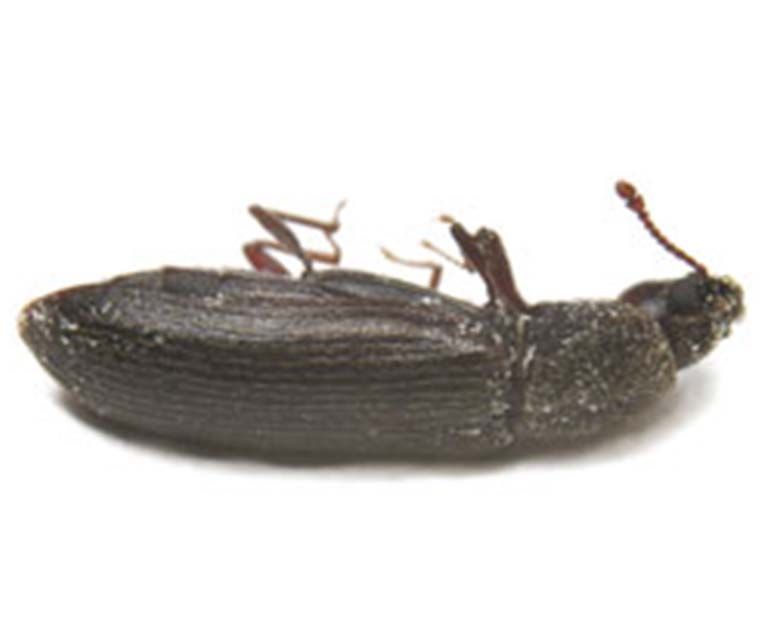
Powderpost beetles is a broad category that covers over 70 different species of wood boring beetles. Adults lay their eggs inside dead or dying wood and when the eggs hatch, the larvae will bore into the wood until they are ready to pupate. Infestations of these types of beetles often go unnoticed until the beetles develop into adulthood and leave the wood they hid inside. The problem with this occurs when wood infested with powderpost beetle larvae is milled and used for production. When this occurs, the infested wood can release the developed beetles as they find their way outside.
Wood Boring Weevils
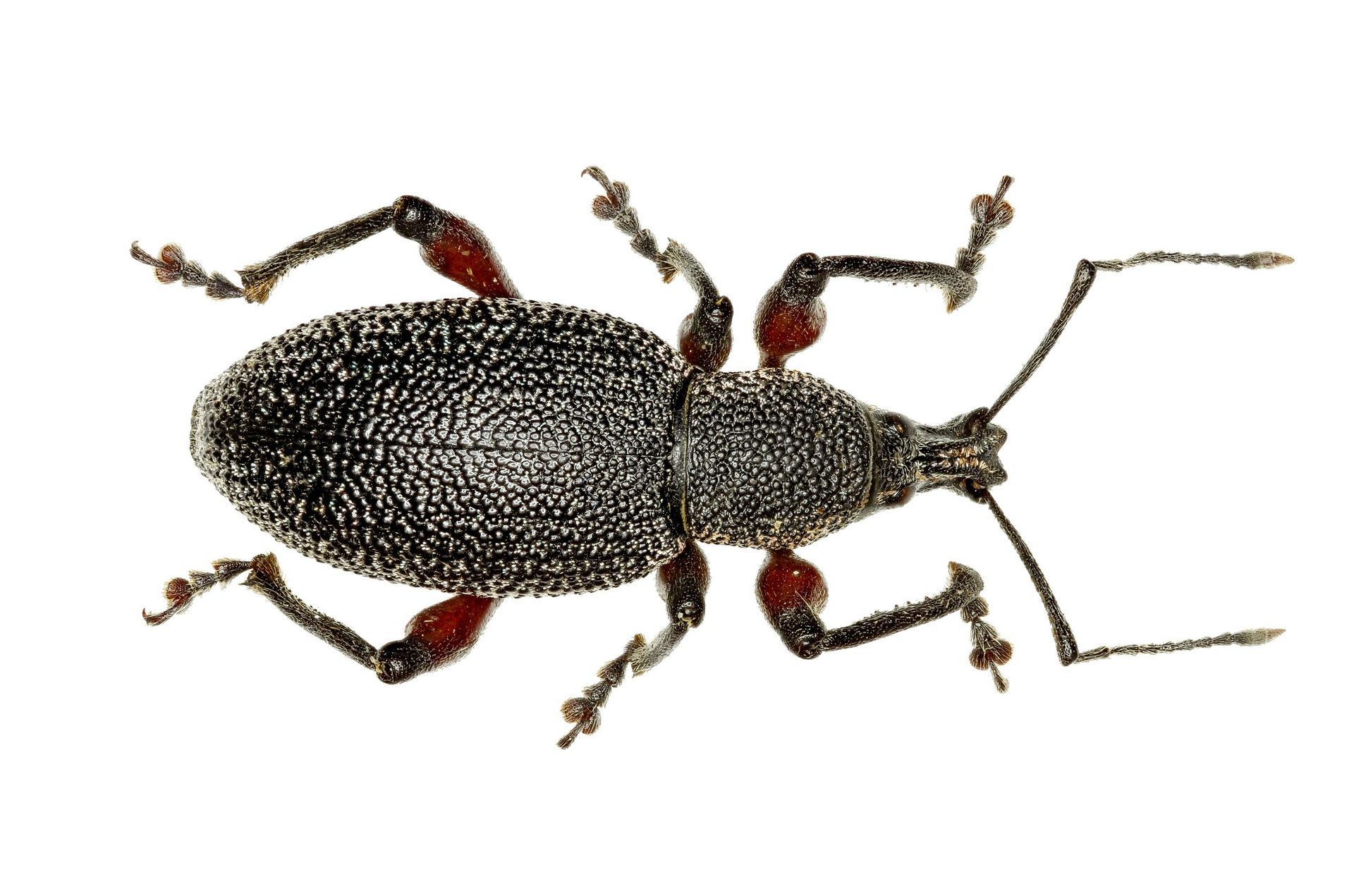
Wood boring weevils are recognizable because of their long snouts that hang of their heads. These wood destroying insects are one of the least problematic species because they only eat wood that was infected with a specific type of fungus. Wood infected with this fungus is discarded and not used in the production of wood products so wood boring weevils are rarely spread like other wood destroying insects.
Bark Beetles
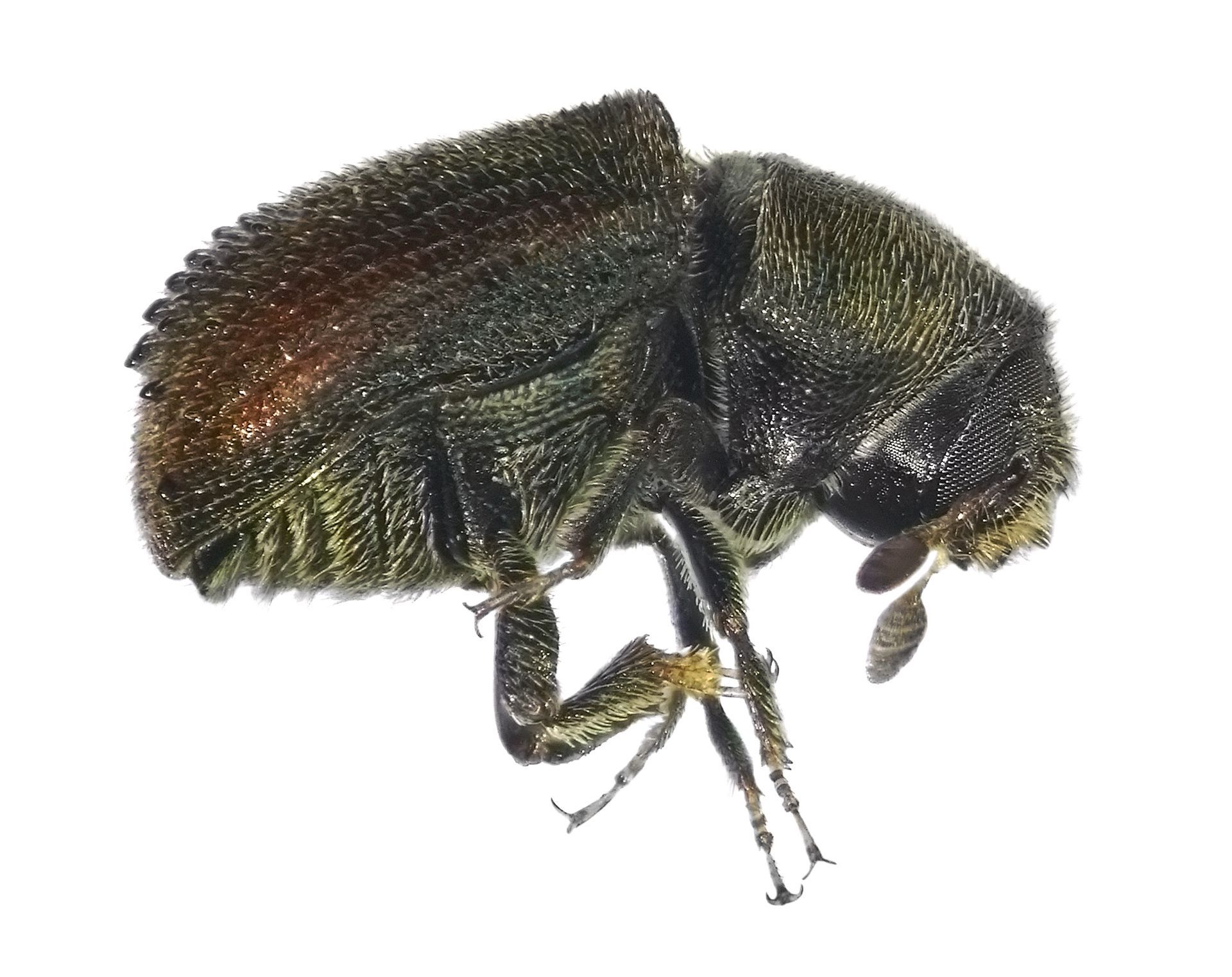
Bark beetles are another wood destroying insect that will rarely find their way inside of a home. However, they are extremely damaging to pine trees and are leading cause of pine tree decay in several areas around the US. Indicators of these insects include noticeable injuries with oozing resin on the bark of the pine tree.
Old House Borers
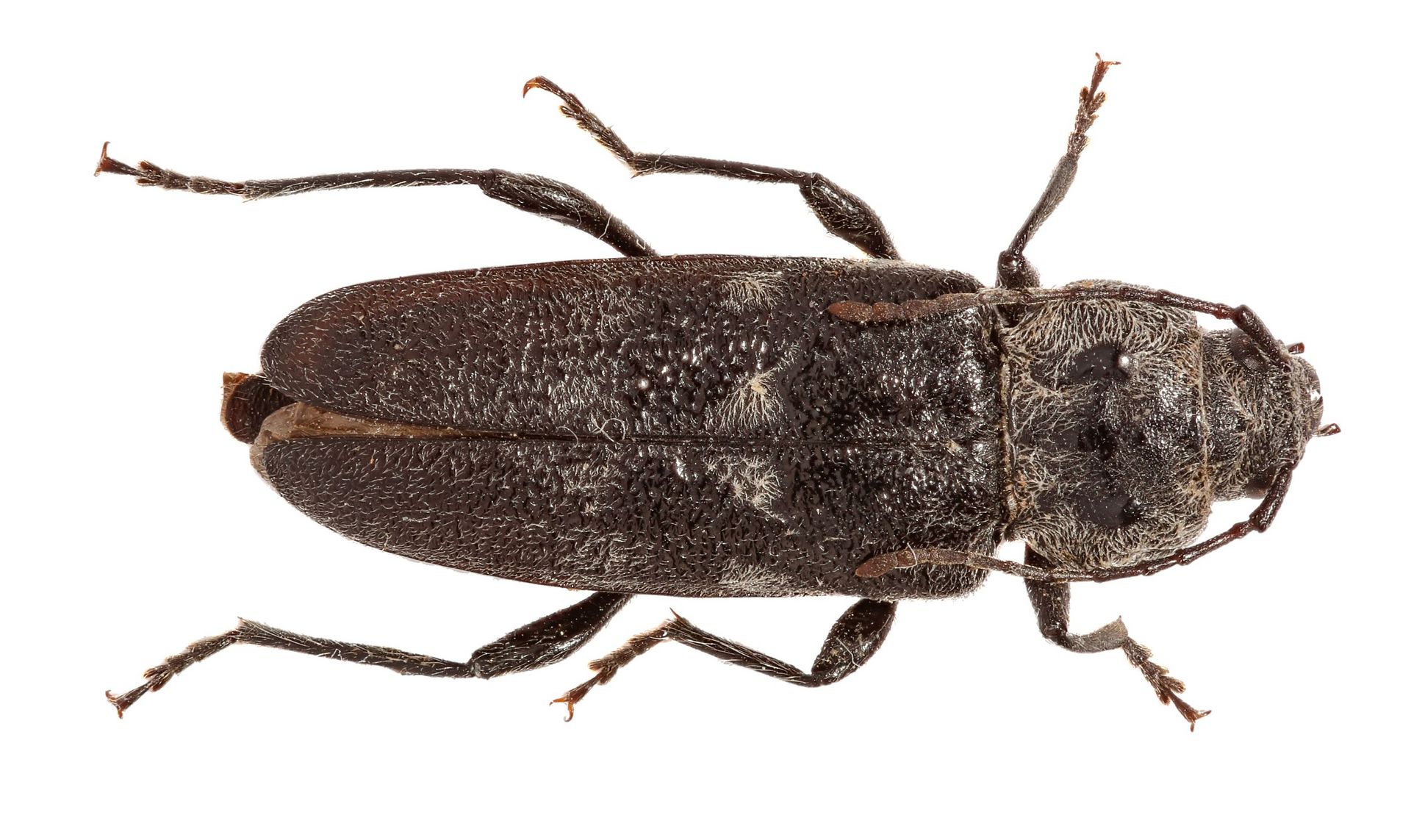
This species of wood destroying insect have a preference for dead soft wood that is commonly used in the construction of homes and businesses. This makes them particularly damaging to wooden structures and they should be treated immediately if discovered. The problem with these beetles is that they can remain inside of wood for up to 15 years which means the damages they cause can be extensive before they are discovered.
Deathwatch Beetles
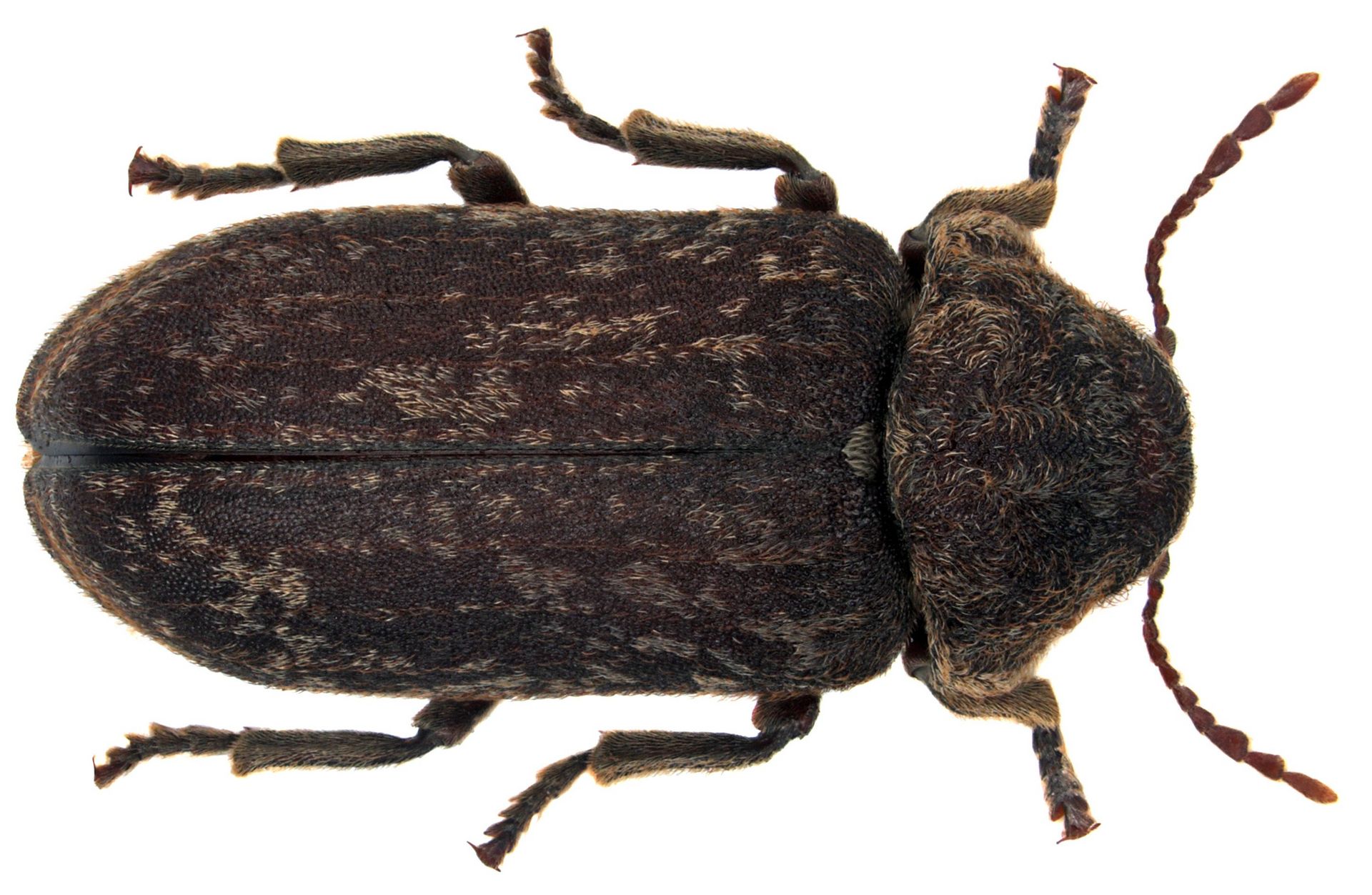
Deathwatch beetles are another wood destroying beetle similar to powderpost beetles. They lay their eggs inside of the bark of trees and then the larvae bore into the wood after they hatch. These larvae can spend up to 10 years pupating before the adults emerge from their hiding place. This can be problematic because infested wood can be used in construction which can then release developed adults into a structure.
Horntail Wasps
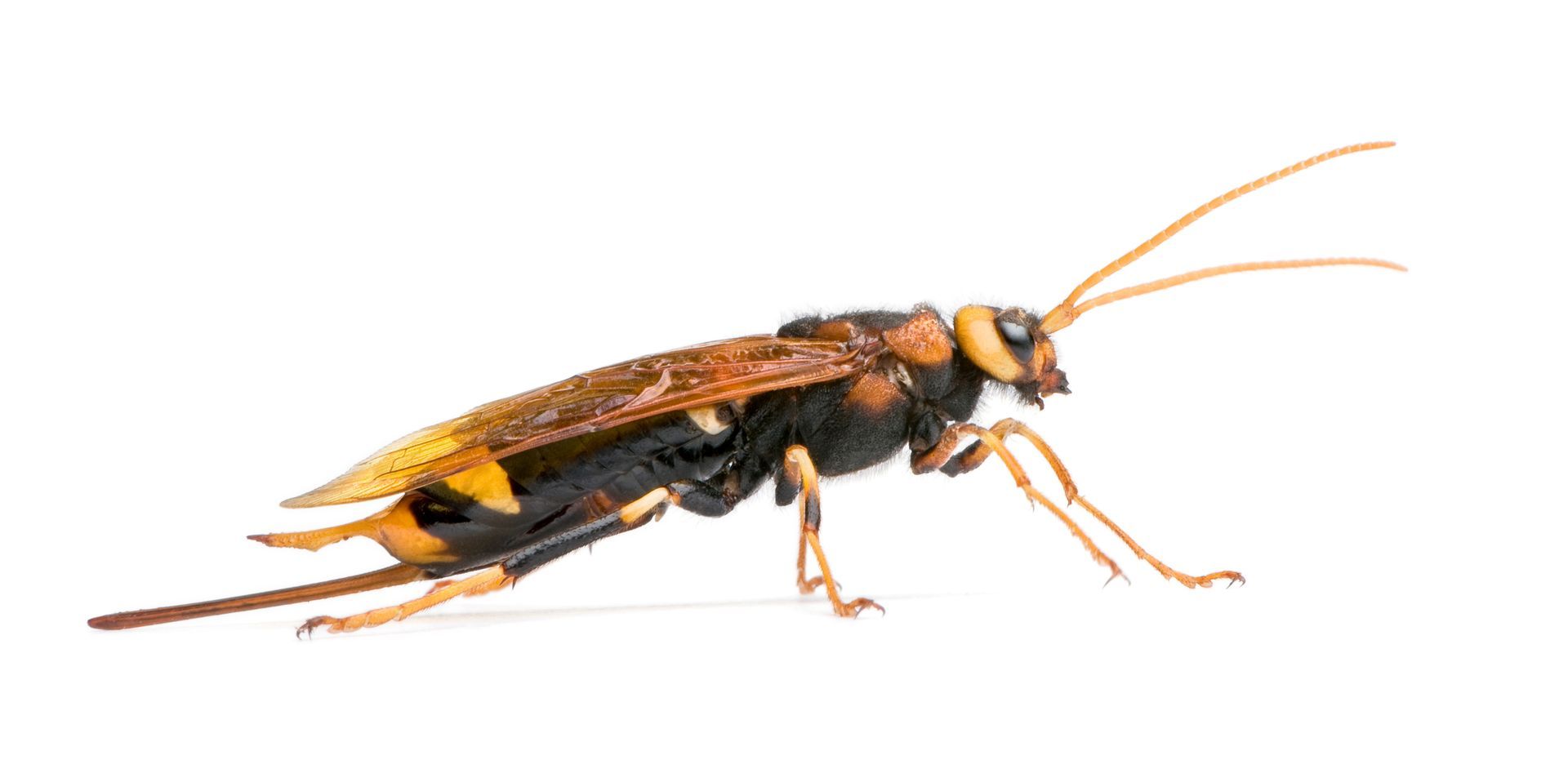
Horntail wasps are also known as wood wasps because their larvae feed on wood. Female horntails will lay their eggs inside cracks in a piece of wood so when the eggs hatch, the larvae have a stable source of food close by to feed on. As the larvae consume the wood, they create tunnels as they move forward. The larvae will continue to feed for 2 -3 years before emerging as adult horntail wasps.
Why Do Wood Destroying Insects Eat Wood?
Termites are the most commonly known wood destroying insect and they are also one of the only few species of insects or animals that actually eat the wood for their sole source of nutrition. There are some species of wood boring beetles that produce larvae that eats wood as well but most species of wood destroying insects only damage wood while creating space for their eggs and larvae.
Should I Be Worried About Wood Destroying Insects?
All wood destroying insects are cause for concern due to the amount of structural damage they are capable of. Left unchecked, populations of termites, carpenter ants, carpenter bees, and wood boring beetles can cause significant damage to the interior of wooden structures. This often goes unnoticed for some time and by the time damages are visible or noticeable, it is often too late. Early detection is critical to combatting wood destroying insects, so it is important to know what indicators to look for.
Signs of a Wood Destroying Insect Infestation
Finding indication of wood destroying insect activity can sometimes be difficult because most of the damage they cause is inside of the wooden structures they destroy. It isn’t until it is far too late that actual wood damage becomes visible on the surface. For this reason, early identification of a wood destroying insect problem is critical to minimizing the potential damages. Be sure to look for signs of:
- exit holes
- sawdust
- insect frass
- water damage
- stained or blistered wood
- clicking noises
How to Prevent and Stop Wood Destroying Insects
Preventing wood destroying insects is critical to maintaining the integrity of any wooden structures close by. This can be done by treating the wood as well as around your property using residual pesticides. This creates a barrier that deters wood destroying insects from selecting your home as a place to establish a colony. In addition to preventative treatment, be sure to give your home enough space between the foundation and wood piles, debris, tree stumps, etc. Dead or decaying wood should be cleaned up and removed to prevent termites from moving between natural wood sources to construction sources of wood. Wood destroying insects also like moist, damp, or damaged wood so be sure to check for leaks and repair them if needed. It also helps to check incoming wood for signs of wood destroying insects to ensure there isn’t contamination.
Contact EcoGuard Pest Management if You Are Dealing with Wood Destroying Insects
If you are dealing with wood destroying insects, it is absolutely critical that you enlist the help of professionals for treatment right away. The longer an infestation is allowed to go on, the more damage will be incurred. EcoGuard Pest Management has a team of qualified wood destroying insect experts who are licensed and experienced in treatment options designed for termites, carpenter ants, and carpenter bees. Call today to schedule an inspection so we can come check your property for signs of insect related wood damage.
Wood Destroying Insect FAQs
-
What insects can eat through wood?
There are several species of insects that can eat through wood. The most common species include termites, carpenter ants, carpenter bees, and wood boring beetles. All of theses insect species can cause extensive wood damage if left unchecked.
-
What's the most common type of wood eating pest?
The most common wood destroying insect is termites. They cause more structural damage than all of the other wood destroying insects. Its estimated termites are responsible for over $5 billion dollars in damages every year.
-
How do you get rid of wood eating bugs?
Wood destroying insects requires professional treatment to ensure that their populations are completely eradicated. Without professionals, any remaining insects can repopulate a colony after it gets treated.
Request A Free Estimate
We will get back to you as soon as possible
Please try again later
Immediate Service Available
Services
Customer Care
Legal
Working hours
- Mon - Sun
- -
All Rights Reserved | EcoGuard Pest Management | All Phone Calls Recorded | By Using Website You Agree To Terms Of Use



